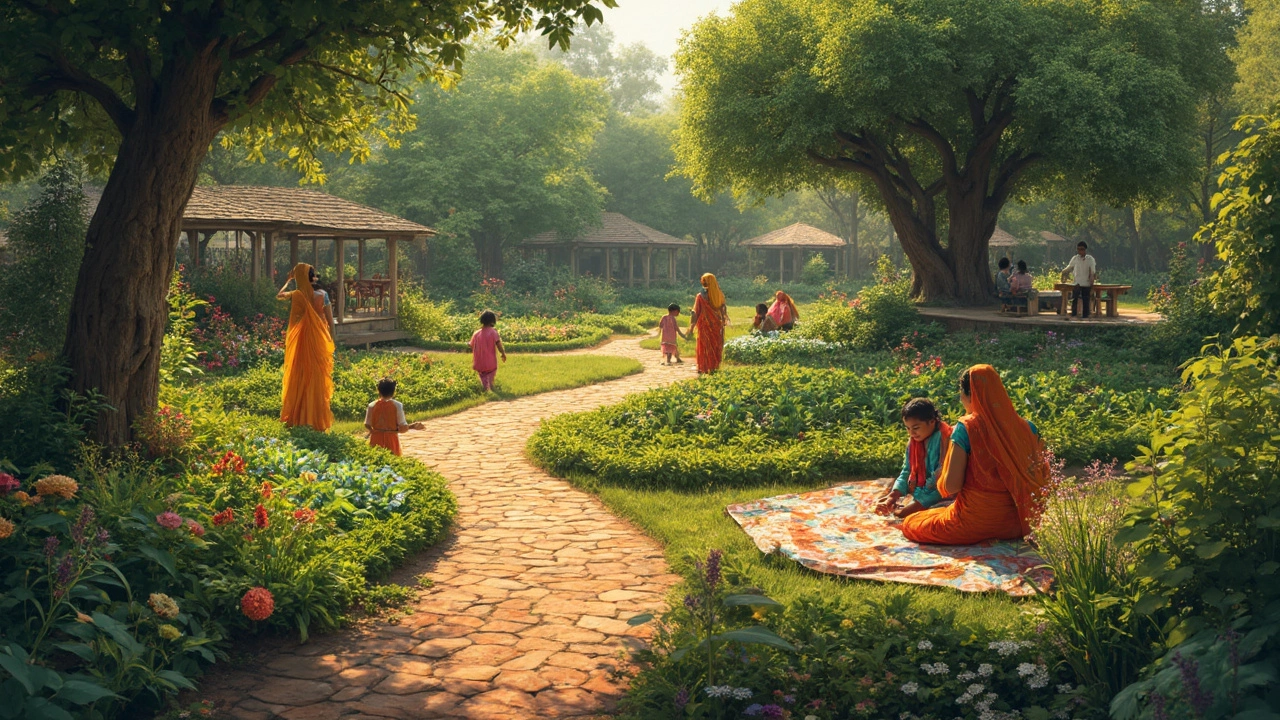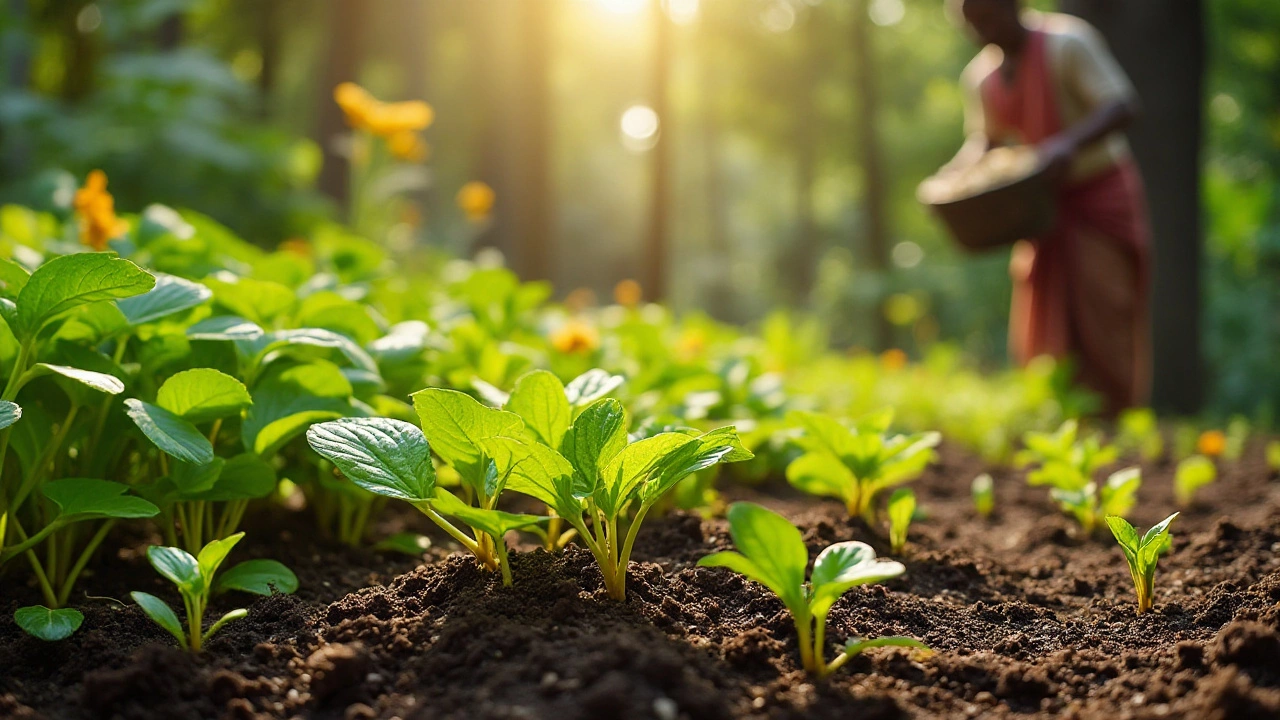Longest‑Lasting Blooming Plants: Which Flowers Keep Going?
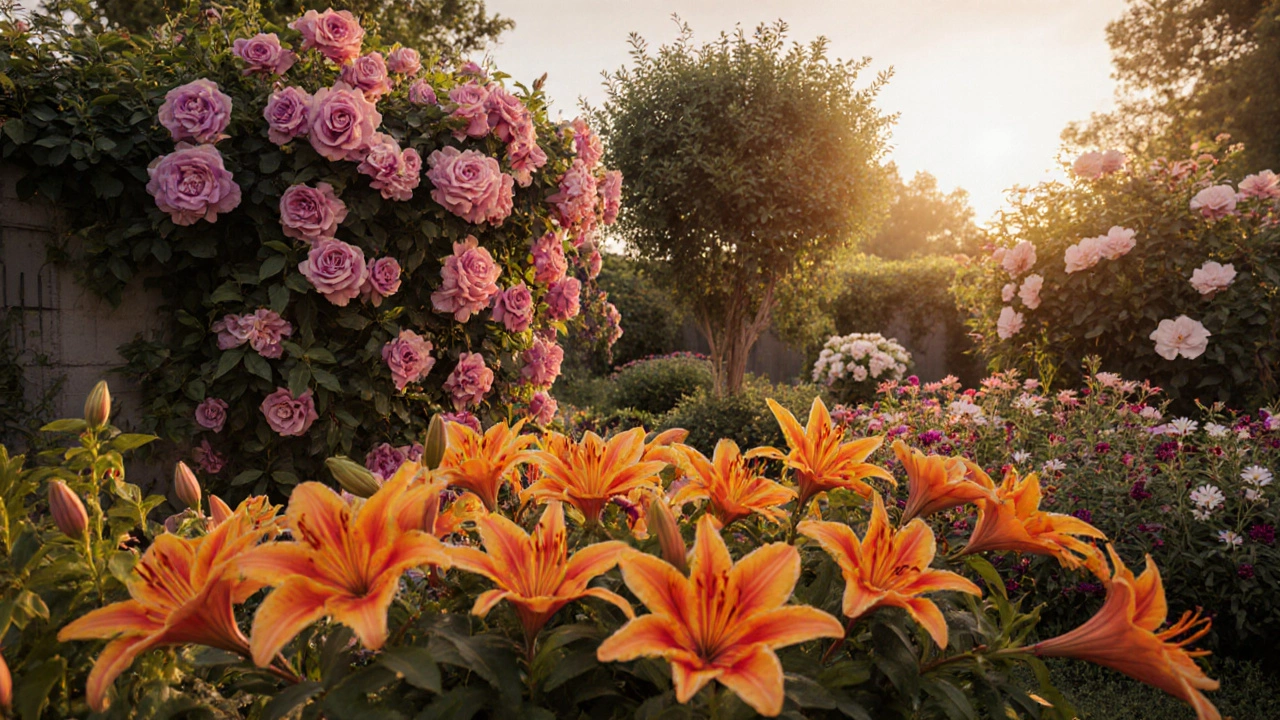
Bloom Season Extender Calculator
How to Use This Calculator
Select your plant and adjust the care practices to see how you can extend its bloom season. The calculator uses data from our article on the longest-lasting blooming plants.
Care Practices
Adjust your care practices to see how they affect bloom duration.
Key Takeaways
- ‘Longest lasting blooming plant’ usually means a plant that offers flowers over many months, not just a single day.
- Daylilies, Bougainvillea, ever‑blooming roses, Camellia sasanqua and Lantana rank highest for season‑long displays.
- Choosing the right hardiness zone, soil, and pruning routine can stretch a bloom season from 3months to nearly year‑round.
- Continuous feeders (bees, hummingbirds) and regular dead‑heading keep buds opening longer.
- Mixing a few of these long‑season plants in one garden gives colour when most others have faded.
When you hear gardeners talk about “the longest lasting blooming plant”, they’re not after a single flower that never wilts. They want a garden that stays colorful from early spring well into winter. That means looking at two things: how long each blossom stays open and how many weeks the plant keeps producing new flowers. Below we break down the science, list the top performers, compare their traits, and give practical tips so you can keep the colour parade going.
How to Measure Bloom Longevity
Gardeners use three simple metrics:
- Flower lifespan - how many days a single bloom stays fresh.
- Season length - total months the plant produces any flower.
- Bloom frequency - how often new buds appear during the season.
Some plants boast a single flower that lives for weeks (think of a rosebud that opens slowly), while others sacrifice individual longevity for a constant stream of one‑day blossoms. Both strategies can give an impression of “never‑ending” colour.
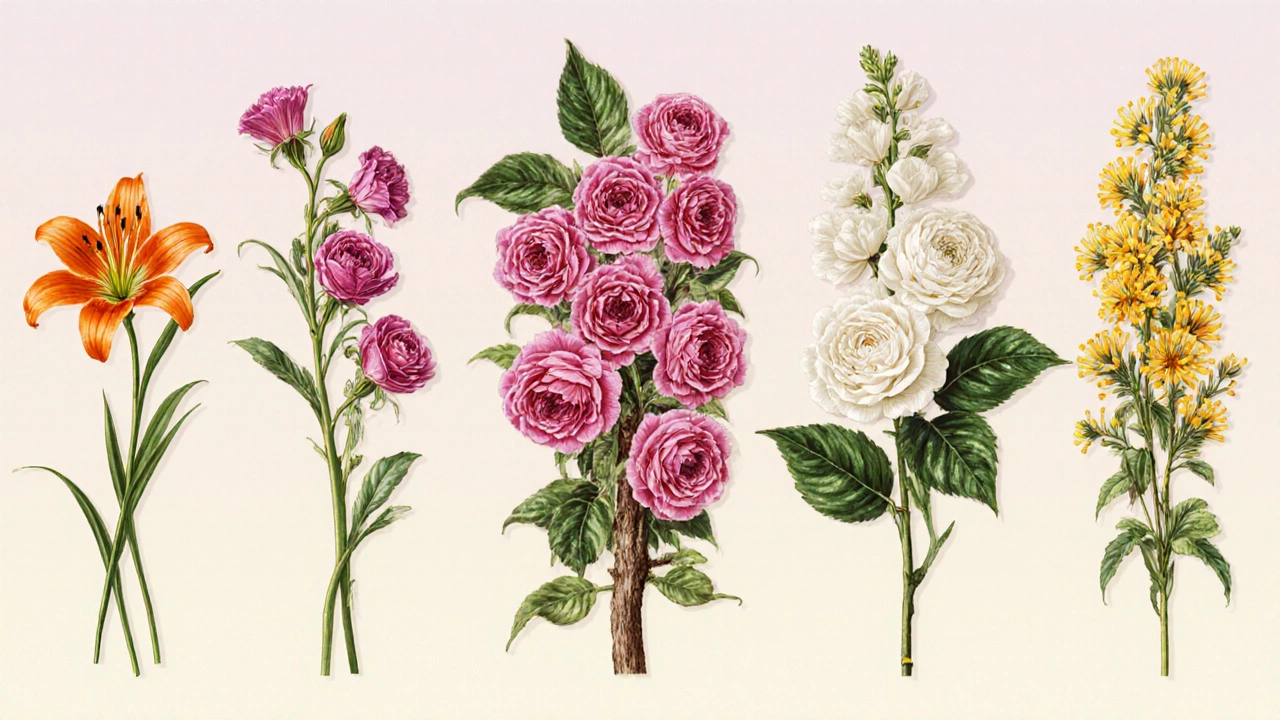
Top Contenders for the Longest Bloom Period
Here are the five plants that consistently out‑perform others in the three metrics above.
Daylily (Hemerocallis) is a herbaceous perennial that produces a succession of single‑day flowers from early summer to early autumn. Each bloom lasts about 24hours, but the plant can generate new buds every 3‑5days, giving a continuous display for up to 4months.
Bougainvillea is a woody vine that thrives in warm zones (USDA7‑11). Its papery bracts stay vibrant for 2‑3weeks, and the plant can flower from late spring through frost in milder climates - effectively a 9‑month season.
Ever‑blooming rose (Rosa ‘Iceberg’) is a hybrid tea that repeats flushes of buds from early summer until the first hard freeze. Individual roses last 7‑10days, and the plant typically offers 4‑5 distinct blooming periods per year.
Camellia sasanqua is an evergreen shrub that starts flowering in late autumn and can continue into early spring. Each flower hangs on the branch for 10‑14days, giving a 5‑month bloom window in mild climates.
Lantana camara is a tropical shrub whose tiny clusters stay fresh for 5‑7days. In USDA zones9‑11 it blooms almost nonstop from early summer through winter - a 10‑month season.
Quick Comparison of Bloom Traits
| Plant | Flower lifespan (days) | Season length (months) | Hardiness zone | Sun requirement | Typical maintenance |
|---|---|---|---|---|---|
| Daylily (Hemerocallis) | 1 | 4 (June‑Sept) | 3‑9 | Full sun | Low - divide every 3‑4yrs |
| Bougainvillea | 14‑21 | 9 (May‑Jan) | 7‑11 | Full sun, well‑drained | Moderate - prune after bloom |
| Ever‑blooming rose ‘Iceberg’ | 7‑10 | 6‑8 (June‑Oct) | 4‑9 | Full sun | High - regular dead‑heading & fertilising |
| Camellia sasanqua | 10‑14 | 5 (Oct‑Feb) | 7‑9 | Partial shade | Medium - protect from frost |
| Lantana camara | 5‑7 | 10 (May‑Feb) | 9‑11 | Full sun | Low - prune to shape |
How to Extend the Bloom Season for Any Plant
Even if you pick a plant with a naturally long season, the right care can add weeks or months.
- Soil preparation: Amend heavy clay with compost to improve drainage. Most long‑bloomers prefer a slightly acidic to neutral pH (6.0‑7.0).
- Regular feeding: Use a balanced fertilizer (10‑10‑10) at the start of the season, then switch to a high‑phosphorus formula every 4‑6weeks to promote bud formation.
- Consistent watering: Deep soak once a week during dry spells. Over‑watering encourages fungal disease, which can cut the bloom cycle short.
- Dead‑heading: Remove faded flowers promptly. This tells the plant to produce another set of buds instead of letting it go dormant.
- Pruning at the right time: For rose and bougainvillea, prune just after the main flush. For daylilies, cut back foliage after the final bloom to channel energy into next year’s crowns.
- Seasonal covering: In cooler zones, wrap the base of camellias or bougainvillea with frost cloth during unexpected cold snaps to avoid flower loss.
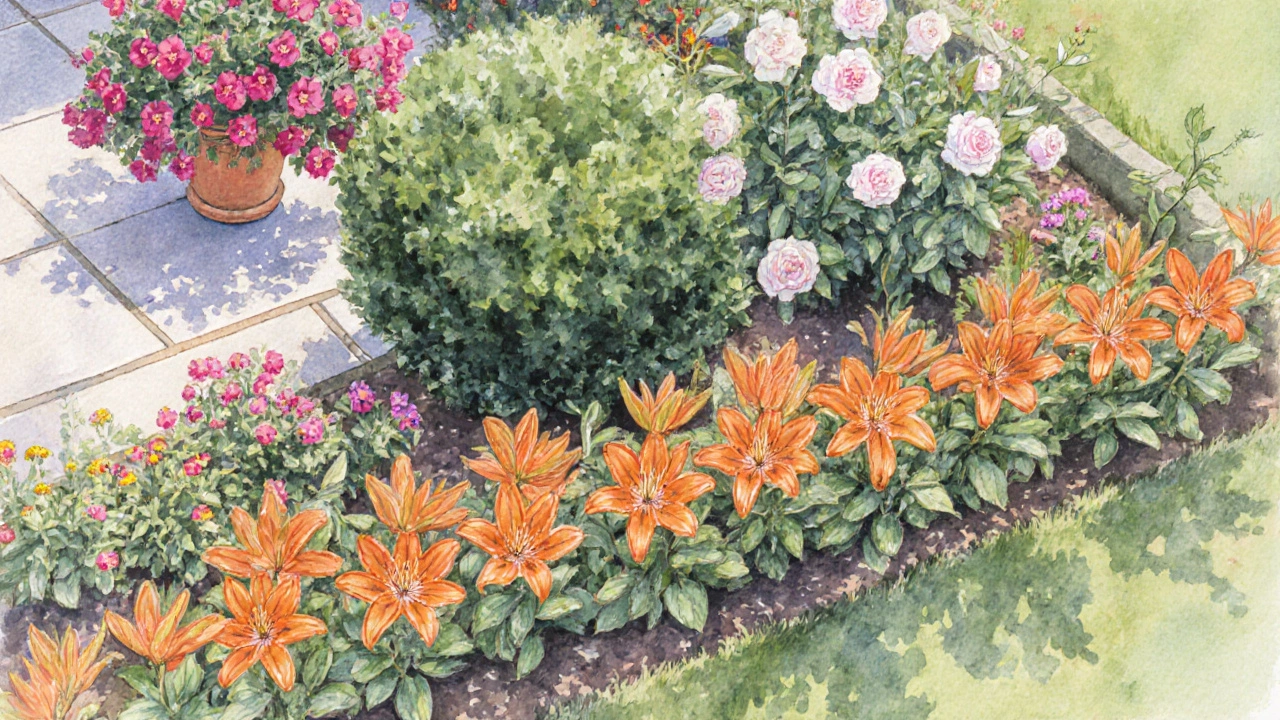
Common Pitfalls That Shorten Bloom Time
Knowing what kills a bloom season helps you avoid it.
- Too much nitrogen: Encourages leafy growth at the expense of buds. Stick to a 5‑10‑5 ratio after the plant is established.
- Poor air circulation: Leads to mildew on roses and camellias, causing buds to drop early.
- Planting in the wrong zone: A bougainvillea in zone5 will never reach its full season, no matter how well you care for it.
- Ignoring pest pressure: Aphids on daylilies or spider mites on Lantana can stress the plant, making it stop producing new buds.
Putting It All Together: A Sample Long‑Season Garden
Imagine a sunny border in Birmingham (zone8). Start with a row of daylilies for early summer colour. Plant a camellia sasanqua just behind it to take over when daylilies fade. Add a few evergreen rose bushes (‘Iceberg’) in the centre for repeat flushes. Finally, tuck a container of bougainvillea on the patio - it will keep blooming into November when the roses start to retire. The result: colour from May through late October with very little gap.
Frequently Asked Questions
Which plant blooms the longest in a UK climate?
In most of the UK, hardy daylilies and evergreen roses give the longest continuous display, lasting from early summer to the first frost.
Do I need special soil for bougainvillea?
Bougainvillea prefers well‑draining, slightly acidic soil. Adding coarse sand or perlite prevents water‑logging, which is the biggest cause of root rot.
Can I grow camellias in a container?
Yes. Use a large peat‑based potting mix, keep the pot in partial shade, and protect the roots from freezing in winter.
How often should I prune Lantana?
A light trim after each major bloom flush (roughly every 4‑6weeks) encourages fresh shoots and more flowers.
Is dead‑heading really necessary?
For most long‑blooming plants, removing spent blooms signals the plant to set new buds, effectively extending the season by weeks.


